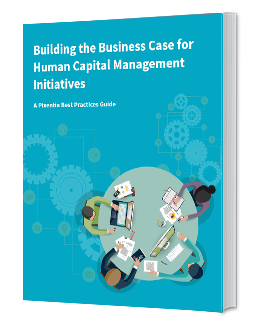
HCM Technology
Today’s human capital management technology is a volatile marketplace. No one provider dominates the market. Dozens of established vendors vie for your attention. Hundreds of niche, boutique, and specialty vendors offer solutions tailored to specific needs. Startups elbow in with new ideas, prompting established vendors to innovate.
What that means for you, the buyer, is a wealth of choices. By following a few well-established guidelines, you can arrive at the right solution for your business. You have a lot of decisions to make along the way, and you may need to make compromises. However, with the solutions available today, you do not have to compromise on what is important to your people.
Start with an Assessment
Before you can begin, you will need to evaluate your human capital strategy, which includes alignment with your organization’s purpose, culture, and business strategy.
The way HR does business is evolving. Technology has automated much of the tedious administrative work. HR leaders help business leaders make strategic workforce decisions, design and support the entire employee experience, and manage the systems that support their development. Decision-making is evolving from bench marking, “best practices,” and gut instinct guided by experience to data-driven analysis and prediction.
This new model requires a holistic approach to strategic alignment to build the right workforce and the systems that support its evolution.
Purpose, Culture, and Strategy
The best-performing organizations are aligned to a central purpose, with a strong culture that governs how people do business and interact with partners, customers, suppliers, and each other. And they have a well-defined strategy, aligned to their purpose.
Does that describe your organization? If not, do you want to use this opportunity to change it? If so, consider how your people strategy will support your efforts.
Strategic Alignment
Your human capital strategy aligns with the business in four ways:
- Workforce strategy – the size, shape, and skills of the workforce, now and in the future.
- Talent strategy – how you acquire, nurture, develop and retain the right talent.
- Technology strategy – the master plan for the organization’s digital future and how HCM technology fits into the picture.
- Data analytics strategy – this may be a new discipline for HR, but it is becoming essential to supporting better talent decisions.If your organization doesn’t have a master data strategy, now might be the time to start a conversation.















